Growing Geriatric Population
The increasing geriatric population is a significant driver for the Autorefractor Market. As individuals age, the likelihood of developing vision-related issues escalates, leading to a higher demand for eye care services. By 2030, it is projected that the number of people aged 60 and above will reach 1.4 billion, creating a substantial market for autorefractors. This demographic shift necessitates the availability of efficient diagnostic tools to cater to the unique needs of older patients. Consequently, the Autorefractor Market is poised for growth as healthcare providers invest in advanced autorefractor technology to accommodate the rising demand for vision assessments among the elderly.
Rising Awareness of Eye Health
There is a notable increase in awareness regarding eye health, which serves as a catalyst for the Autorefractor Market. Public health campaigns and educational initiatives are effectively informing individuals about the importance of regular eye examinations and early detection of vision problems. This heightened awareness is likely to drive more patients to seek professional eye care services, thereby increasing the utilization of autorefractors in clinical practice. Moreover, as more people recognize the significance of maintaining optimal eye health, the Autorefractor Market is expected to expand, with healthcare providers prioritizing the acquisition of advanced autorefractor systems to meet the growing demand.
Expansion of Eye Care Facilities
The expansion of eye care facilities is a pivotal driver for the Autorefractor Market. As the demand for eye care services continues to rise, new clinics and specialized eye care centers are being established to cater to this need. This proliferation of facilities necessitates the procurement of advanced diagnostic equipment, including autorefractors, to ensure comprehensive eye examinations. Furthermore, the establishment of telemedicine services in eye care is likely to enhance the accessibility of autorefractor technology, allowing for remote assessments and consultations. Consequently, the Autorefractor Market is expected to experience growth as more eye care providers invest in autorefractor systems to improve service delivery and patient outcomes.
Increasing Prevalence of Vision Disorders
The rising incidence of vision disorders, such as myopia and hyperopia, is a primary driver for the Autorefractor Market. According to recent data, nearly 2.7 billion people are affected by some form of visual impairment, which necessitates the use of autorefractors for accurate diagnosis and treatment. This growing patient population is likely to increase the demand for advanced diagnostic equipment, including autorefractors, in both clinical and retail settings. As healthcare providers strive to enhance patient outcomes, the integration of autorefractors into routine eye examinations becomes essential. Furthermore, the Autorefractor Market is expected to benefit from increased awareness and education regarding eye health, prompting more individuals to seek regular eye check-ups and corrective measures.
Technological Innovations in Autorefractors
Technological advancements play a crucial role in shaping the Autorefractor Market. Innovations such as wavefront technology and artificial intelligence are enhancing the accuracy and efficiency of autorefractors. These advancements allow for quicker assessments and more precise prescriptions, which are vital in a fast-paced clinical environment. The introduction of portable and user-friendly autorefractors is also noteworthy, as they cater to a broader range of healthcare settings, including remote and underserved areas. As a result, the Autorefractor Market is likely to witness a surge in demand for these technologically advanced devices, which not only improve patient experience but also streamline the workflow for eye care professionals.


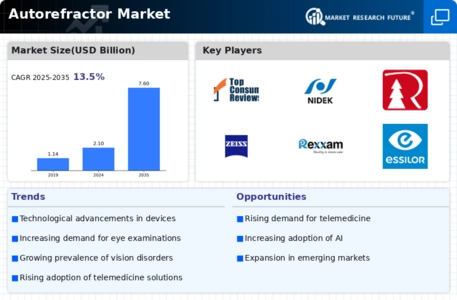
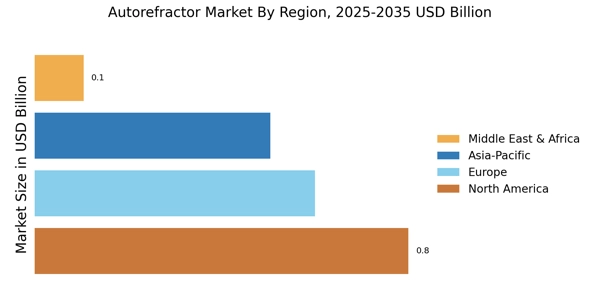
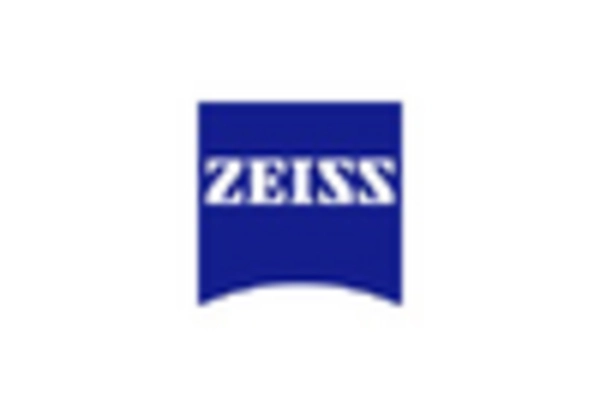
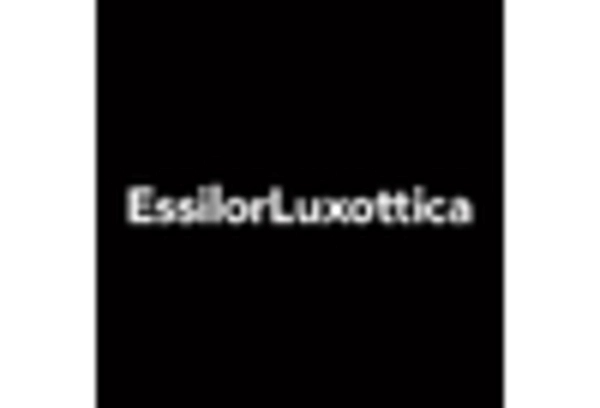

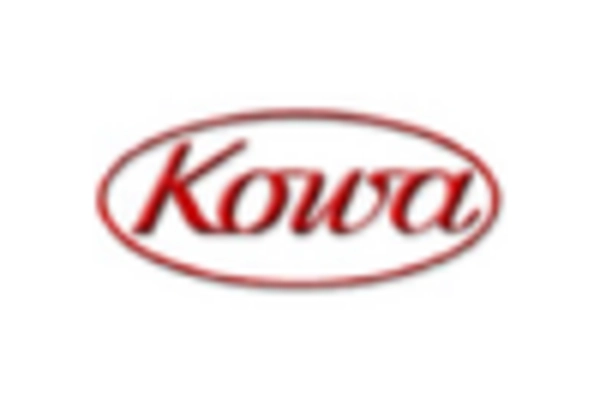
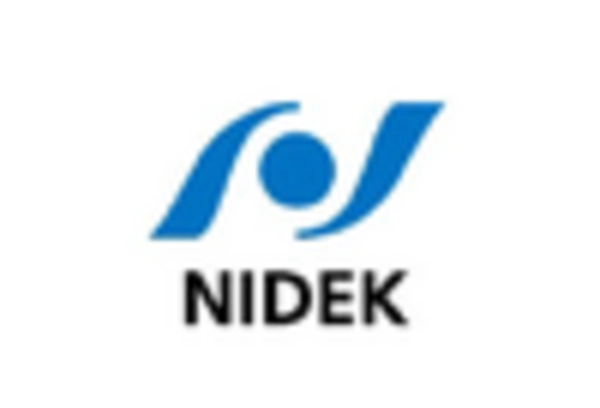









Leave a Comment